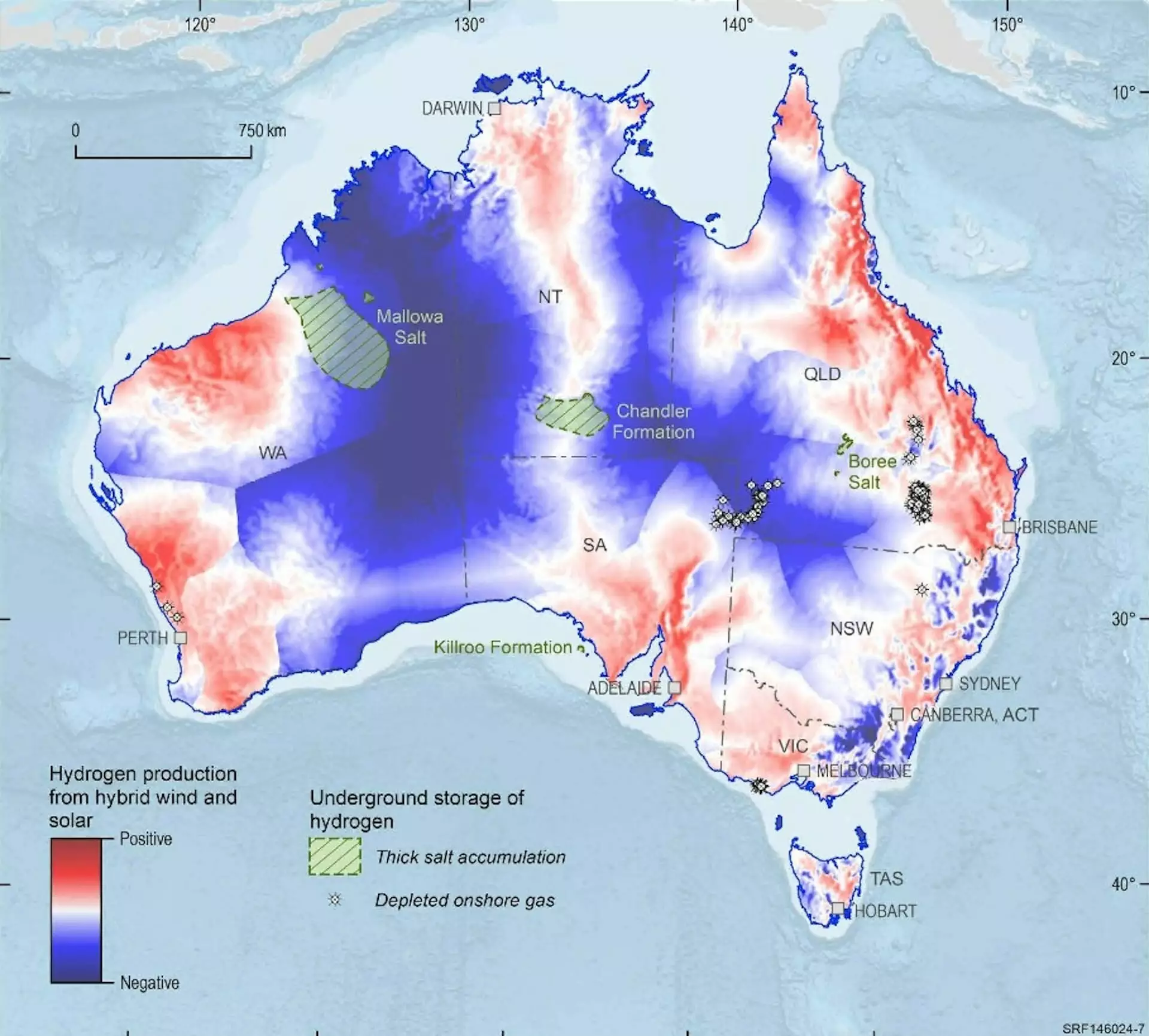The pursuit of a sustainable energy future is at the forefront of Australia’s economic strategy, particularly as it undergoes a significant transition towards net-zero emissions. The recently released National Hydrogen Strategy reflects this imperative, setting ambitious targets to establish Australia as a frontrunner in low-emissions hydrogen technology. With the urgencies of climate change looming large, this strategy aims to align the nation’s hydrogen production capabilities with competitive market dynamics while attracting crucial investments.
Adapting to Global Energy Demands
In releasing the updated National Hydrogen Strategy, Federal Climate Change and Energy Minister Chris Bowen acknowledges the fundamental role hydrogen could play not only in reducing greenhouse gas emissions but also in transforming Australia’s energy landscape. The document modernizes the original framework set in 2019, highlighting how changing market conditions necessitate a fresh approach to hydrogen production. However, it also raises questions about existing policies and funding mechanisms, particularly in supporting projects without robust prospects for success.
The global energy landscape is evolving, and countries are increasingly prioritizing the development of hydrogen as a clean fuel source, which has practical applications across various sectors including steel and chemical manufacturing. The capability to produce “green” hydrogen, which entails extracting hydrogen from water through renewable energy power, offers a viable path to clean energy. However, there is an undeniable challenge: the current production costs of green hydrogen are prohibitively high and often exceed what consumers are willing to pay.
Targets and Challenges Ahead
The new strategy sets forth production targets that might seem ambitious: 500,000 metric tons of green hydrogen by 2030 and up to 15 million metric tons by 2050, along with stretch goals of 1.5 million metric tons in the same timeframe. These targets reflect a growing recognition that scaling up production, finding new consumers, and ultimately lowering costs are essential for establishing a robust hydrogen industry. However, past experiences indicate that ambitious targets alone may not suffice unless they are complemented by realistic policy interventions.
Interestingly, the strategy discards a previous government-imposed target of producing hydrogen for less than $2 per kilogram—a figure ignored the realities of the complexities associated with hydrogen transport and storage. As the market adapts, it will be crucial to set achievable targets that encourage both production and innovative market solutions, fostering an environment where hydrogen can thrive economically.
Specific industries have been earmarked as promising for hydrogen application, notably iron, alumina, and ammonia manufacturing, where hydrogen can potentially replace traditional energy sources. Moreover, sectors like aviation, shipping, and heavy-duty freight transport are identified as areas where hydrogen can significantly reduce carbon footprints. However, there is a notable hesitance from investors due to ambiguities surrounding government support mechanisms—how swiftly funding will be allocated, and whether there will be a decisive shift towards more sustainable industry practices as various sectors vie for financial support.
A fundamental shift is warranted in the perception of hydrogen, especially considering the rising competition from electric vehicles, which have rapidly gained favor over hydrogen-powered cars. As big economies look to transition to greener solutions, it becomes paramount for Australia to redefine its commitments and strategies surrounding hydrogen technologies in light of regulatory and market demand shifts.
The role of infrastructure development cannot be overstated when advancing hydrogen technology. As observed, hydrogen is notably challenging to transport and requires extensive networks for storage and distribution. The strategy indicates the necessity for large-scale hydrogen projects to attract investments and construction start-ups, which need to include building wind and solar farms meant to supply energy for hydrogen production.
Moreover, community acceptance is increasingly recognized as a critical factor for the success of hydrogen initiatives. Successful public consultation, particularly with First Nations communities, will ensure that safety and environmental concerns are adequately addressed while contributing social benefits such as job creation and regional economic diversity. This engagement will help in mitigating fears regarding the volatile nature of hydrogen, given its historical associations with safety hazards.
Looking Ahead: Policy Viability and Future Reviews
As Australia wheels its way towards a greener future, the new hydrogen strategy will undergo regular updates, with the next review scheduled for 2029. The efficacy of this strategy will ultimately rely on measurable outcomes: equitable financing for large-scale projects, long-term contracts with hydrogen users, and industry commitments towards fossil fuel alternatives.
If Australia successfully navigates the complexities and external pressures inherent in hydrogen production and consumption, it could carve out a significant space in the global marketplace. Conversely, should these metrics falter over the next decade, a re-evaluation may be required, compelling Australia to recalibrate its ambitions in a rapidly evolving global energy economy. The hydrogen strategy may well herald a new chapter in the nation’s environmental narrative, but its success hinges on clearly defined policies paired with concerted governmental and societal efforts.


Leave a Reply